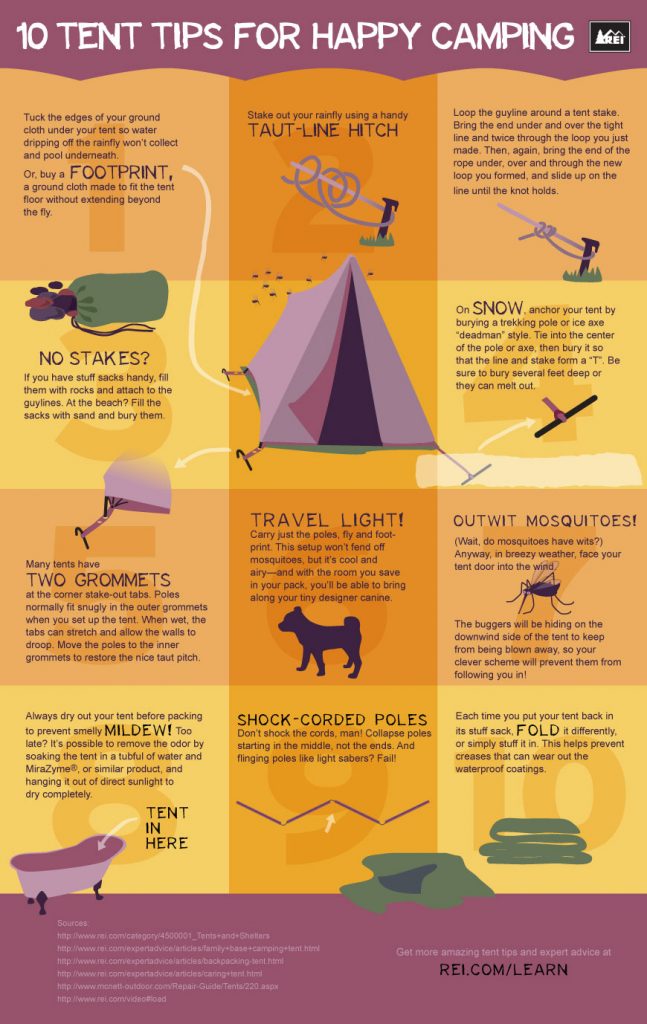Winter camping is a fun and adventurous experience, yet it requires correct gear to ensure you remain warm. You'll require a close-fitting base layer to catch your temperature, in addition to a shielding coat and a water resistant covering.
You'll likewise require snow stakes (or deadman supports) buried in the snow. These can be connected using Bob's creative knot or a regular taut-line hitch.
Pitch Your Camping tent
Winter months outdoor camping can be an enjoyable and adventurous experience. Nevertheless, it is necessary to have the proper equipment and know exactly how to pitch your camping tent in snow. This will certainly avoid chilly injuries like frostbite and hypothermia. It is additionally important to eat well and remain hydrated.
When establishing camp, ensure to choose a website that is sheltered from the wind and without avalanche risk. It is additionally a good idea to pack down the location around your outdoor tents, as this will certainly help reduce sinking from temperature.
Prior to you set up your camping tent, dig pits with the very same dimension as each of the support points (groundsheet rings and man lines) in the center of the camping tent. Load these pits with sand, stones and even stuff sacks full of snow to small and safeguard the ground. You might likewise wish to take into consideration a dead-man anchor, which includes connecting camping tent lines to sticks of timber that are hidden in the snow.
Pack Down the Area Around Your Tent
Although not a need in most locations, snow risks (likewise called deadman supports) are an excellent addition to your outdoor tents pitching package when outdoor camping in deep or pressed snow. They are generally sticks that are developed to be hidden in the snow, where they will freeze and create a strong anchor point. For ideal outcomes, use a clover hitch knot on the top of the stick and hide it in a few inches of snow or sand.
Establish Your Outdoor tents
If you're camping in snow, it is an excellent idea to utilize an outdoor tents designed for wintertime backpacking. 3-season camping tents work great if you are making camp below timberline and not expecting specifically severe weather, yet 4-season camping tents have stronger poles and textiles and provide even more security from wind and hefty snowfall.
Be sure to bring adequate insulation for your sleeping bag and a warm, dry inflatable floor covering to sleep on. Blow up mats are much warmer than foam and assistance avoid cool areas in your outdoor tents. You can likewise include an additional mat for resting or cooking.
It's additionally a good concept to set up your camping tent near an all-natural wind block, such as a team of trees. This will make your camp extra comfortable. If you can not find a windbreak, you can produce your own by digging openings and hiding objects, such as rocks, tent stakes, or "dead man" supports (old tent person lines) with a shovel.
Restrain Your Tent
Snow stakes aren't needed if you make use of tent footprint the best methods to secure your tent. Hidden sticks (maybe collected on your method walking) and ski posts function well, as does some variation of a "deadman" hidden in the snow. (The concept is to create a support that is so solid you will not have the ability to pull it up, despite a great deal of initiative.) Some suppliers make specialized dead-man anchors, however I like the simpleness of a taut-line hitch tied to a stick and after that hidden in the snow.
Be aware of the terrain around your camp, especially if there is avalanche danger. A branch that falls on your camping tent could damage it or, at worst, wound you. Additionally be wary of pitching your camping tent on a slope, which can catch wind and cause collapse. A protected location with a reduced ridge or hillside is far better than a high gully.
